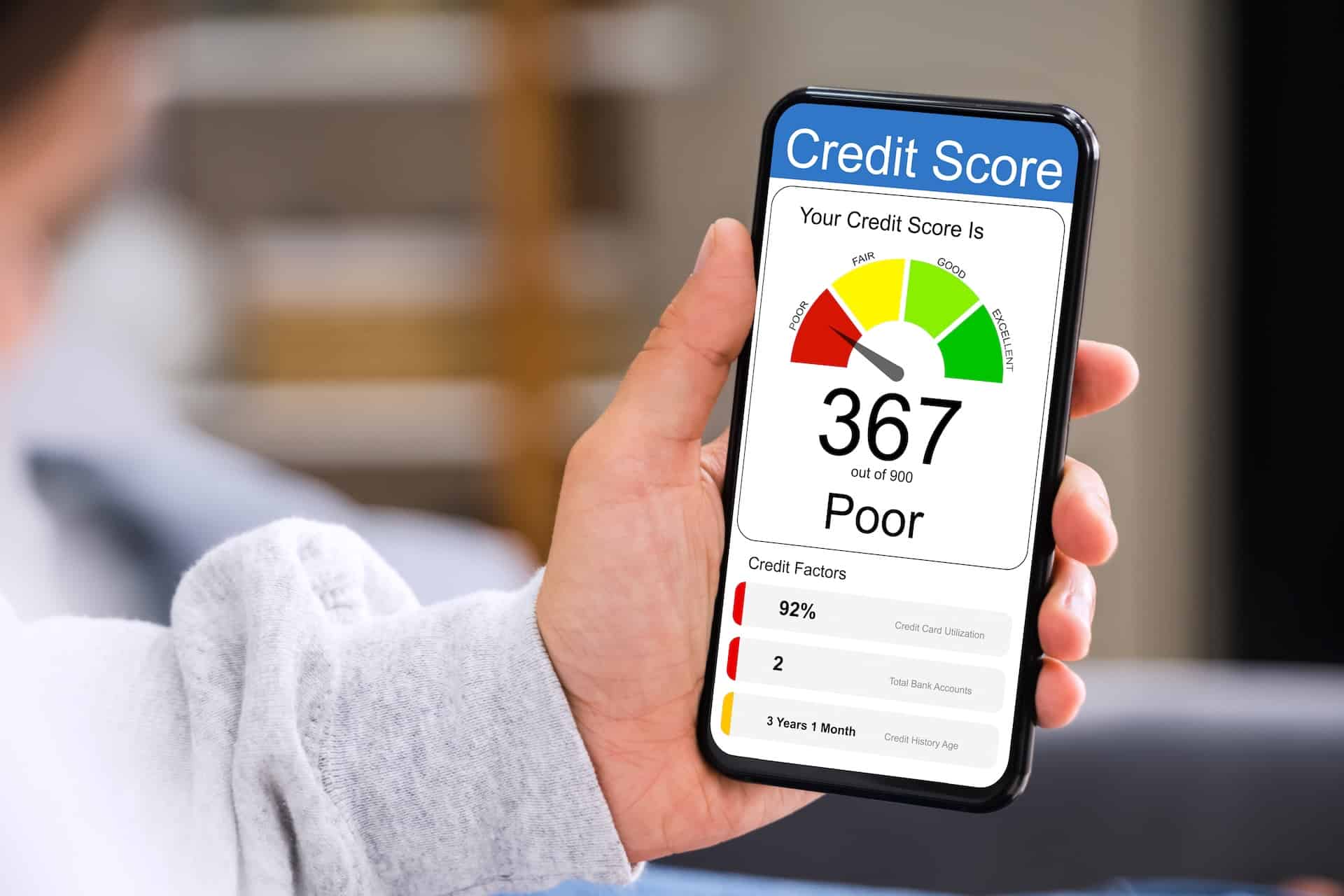Credit Sesame discusses improving the odds of a credit card application success for young credit card users.
As millions of young adults adjust to their first semester of college, they face many new decisions – both inside and outside the classroom. Some of those decisions include whether to get a credit card, and how to handle it successfully.
A successful first experience with a credit card starts with decisions made before the first credit card application is sent. What kind or card you apply for and how you prepare for using it go a long way to determining whether it’s a good or a bad experience.
A good first experience with credit could give you greater financial flexibility to do more of the things you enjoy. A bad first experience could create problems that dog you for decades. With that in mind, anything you can do towards improving the odds of success is worthwhile.
Improving the odds of credit card application success
Someone who has never used credit before is what’s known as a “credit invisible” person. They don’t have good credit or bad credit; they have no credit history because they’ve never had a chance to use credit before.
When your credit history is a blank slate, the first marks you make on it are especially important. Just applying for credit can affect your credit history. Too many credit applications in a short time is a red flag for lenders. It could signal that you are preparing to go on a borrowing spree followed by a spending spree that may prove difficult to repay.
The truth is, a young adult may initially apply for multiple credit cards simply because it’s hard to get approved when you have no credit history. Fortunately, there are some credit card issuers and types of cards that are more welcoming of new credit users than others.
The trick is, how do you figure out which cards are most likely to approve your application? If you can do that, you can limit your applications to one or two cards that are the most likely to approve you. That will save you time, and prevent you from putting unwanted marks on your credit record.
Improving the odds with pre-approval for a credit card
One way of improving the odds of success to is consider only pre-approved credit cards. Pre-approval is an industry term used when would-be credit card applicants have an acceptable credit history fulfil some of the lender conditions for particular credit cards. Pre-approval for one credit card does not mean pre-approval for all credit cards. Around 90% of of pre-approved credit card applications are successful. So, if you receive a credit card offer that is pre-approved, you have more of a chance of being approved. If you stick to applying only for pre-approved credit cards, you waste no time on those where approval is less likely. Is is worth noting that pre-approval is no guarantee of approval. So don’t rush out and apply for every pre-approved card offer you received.
What card features to look for
Besides assessing your chances of getting approved, what else should you look for when choosing your first credit card? Here are some of the basics on important card features:
Secured versus unsecured
A secured card requires putting up a deposit. Once you’ve established credit, this shouldn’t be necessary. However, it it might be hard for a new credit user to get approved for an unsecured card unless somebody with good credit cosigns on the account for you. If not, a secured card might be a good fallback position.
No annual fee
You shouldn’t have to pay for the privilege of having your first credit card. Heavy credit card users might find it worthwhile to sign up for a card that charges a fee in exchange for rewards and other benefits. However, new credit card users are not likely to get enough out of those benefits to make up for the fee. New users may be better off minimizing costs. One way to do this is to choose a no-fee credit card.
Low interest rate
You can avoid interest charges altogether if you pay off your card balance every month. Realistically though, most users find themselves getting charged interest on a balance at some point. To minimize this cost, compare interest rates when choosing a card. Notice that most cards advertise a range of interest rates. As a new credit user, you’re likely to be charged the high end of the range, so compare the top rate when choosing a card.
Cash back
Rewards come in various forms, such as airline miles, hotel points and other credits towards specific types of spending. For a new user though, cash is the most versatile type of reward. It’s also a reward that is more likely to reduce future spending rather than encourage more spending. Having no annual fee and a low interest rate are probably more important characteristics for a new credit user, but when trying to choose between two cards that have both those features, rewards might be a good tie-breaker.
Setting a young adult up to be a successful credit card user
Once you’ve picked a card that has the right characteristics and your application has been approved, the next step is to set the account up correctly.
Here some account set-up choices that help you use credit successfully:
- Low credit limit. A lower credit limit prevents you from running up more debt than you can handle. The right limit depends on the situation, but a college student may consider a $1,000 credit limit. That’s enough credit to be useful but a low enough ceiling to limit any significant over-spending.
- Online access. Being able to access your account online helps you keep track of your balance more closely and manage your payments more efficiently. It may also be helpful for parents to have online access to a student’s credit card account so they can see if it’s being used correctly and offer advice from time to time.
- Create a payment schedule. Find out what the billing cycle for the account will be, and set up reminders so that you don’t miss a due date. Payment history is the biggest single factor in determining your credit score. Put yourself in position to make your payments on time so you establish a good payment history.
Credit card safety for young adults
You should always use credit with an eye towards security. This is especially true when you’re in a communal living situation like a college dorm.
According to the Federal Trade Commission, young adults are victims of identity theft even more frequently than the elderly. To avoid becoming part of that statistic, take some sensible security steps for your credit card account:
- Keep your credit card on your person whenever possible, so you know where it is.
- When you can’t have your card on your person, keep it locked and hidden away.
- Never let someone else use your credit card – not even your bestie or special someone.
- If you access your account online, don’t write your user name and password down where someone might find it.
Having good credit carries many benefits. Having bad credit creates years of problems. Improving your chances of having good credit starts with the very first steps you take towards getting a credit card.
If you found Young Credit Card Users: Improving the Odds of Success useful, you may also be interested in:
- How Does the Credit Card Pre-approval Process Work?
- Does Credit Card Pre-qualification Affect Your Credit Score?
- Does Credit Card Pre-Approval Mean You Will be Approved?
Disclaimer: The article and information provided here is for informational purposes only and is not intended as a substitute for professional advice.




















